I’m contemplating my role as writer-in-residence at Geelong’s Avalon airport:
Airports for me are like enormous, concentrated airlocks between two separate realities where the traveler enters a sort of in-between world of heightened emotion. Here feelings are concentrated by the arrival or departure of loved-ones or of at the prospect of our own journey. There’s an atmosphere of a last minute mad scramble as passengers glue themselves to i-phones and laptops, condemned to be soon out of touch from the real world for the duration of their trip. We are now entering a very distinctive airlock world.
When I first came to live in Geelong the word ‘Avalon’ conjured up for me a wealth of romantic connections. In Medieval literature it was of course the enchanted island where King Arthur’s sword was forged and where he was brought after his last battle, placed on a golden bed and carried by its divine priestess. It is said that the entire island was inhabited by women who pledged their lives to the service of the one goddess. Avalon was later submerged in history when belief in the goddess had dwindled because of the rise of Christianity.
However, the true history of Geelong’s Avalon region has far more mysterious and more ancient connections. It lies on part of what is known as the Victorian Volcanic Plain, the result of the weathering of the bedrock, the depositing of marine and fluvial sediments and young lava flows. Victoria’s basalt plain was created a mere yesterday in geological time, just 3 million years ago (the earth is around 4.54 billion years old ) by lava spewed from the vents of hundreds of volcanoes across what geologists call Australia’s Newer Volcanics Province.
In 2003 I wrote a poem about this enormous plain for a website called ‘Redreaming the Plain’ dedicated to recapturing the significance of this vast and ancient area.
‘From the hills to the sea
from those heaven-hugging You-Yangs to the east
they journeyed to the Karafe wetlands behind Pt Impossible
when the shearwater laid eggs in burrow nests
they sat in the soft hollows of the breasted-dunes
on shell-fish feasted – kooderoo, moorabool, and barrabool
on low fires roasted – dora, yabbi and wiitji
the names still echo in the dunes like prayers
their soft footprints in the sand
erased now by the ‘Torquay Sands’ development
eighteen-hole golf course and sleek condominiums rising from the wetlands
where tired red-eyed bulldozers blink in the dust
with bunkers, greens and a clubhouse
covering the tracks of those Wathaurong
forever gone.
Of course those early inhabitants, the Wathaurong, have not entirely vanished from the plain and although their numbers are considerably diminished they still make up an essential layer of this local history. Indigenous people of seven language groups once inhabited the Victorian Volcanic Plain before European settlement. Their use of fire encouraged new growth, which attracted game, and their hunting greatly influenced the diversity of species and may have assisted in maintaining the open plains landscape.
One major unmissable landmark near Avalon airport is the You-Yangs, a rocky granite pile (in geology called ‘resistant outcrops’), rising above the plains, and suddenly appearing to the west as the Jetstar flight from Sydney prepares to touch down at Avalon. You feel you could reach out and touch this granite ‘rock’ as your Airbus A380 glides in for a landing. There are so many dramatic geological beginnings to this area that lie just under the surface if we care to look. Each layer of our history here exists only because of what has gone before.
The latest layer of history on this plain was established in 1952, when the Commonwealth Government purchased 4,333 acres to enable the construction and testing of the Canberra Jet Bomber Aircraft at Avalon. Now around 1,300 people are employed full-time here, with hundreds more in downstream industries supporting Avalon’s operations. In less than a decade, Avalon Airport has established itself as a major employment and economic centre of the Melbourne – Geelong Corridor. More recently on 1 June 2004, the first Jetstar passengers at Avalon touched down and now, up to 2,800 people pass through Avalon each day.
Avalon is no Heathrow or Sydney airport, not a brash or noisy leviathan like they are. It still manages to maintain its country atmosphere. While waiting in the departure area you can still hear the clatter of dishes from the cafeteria and the muted voices of waiting passengers just as if you were sitting in your own rather large lounge room. This is an accessible space for a writer in residence to learn what makes this giant airlock tick. I’m excited by the challenge.


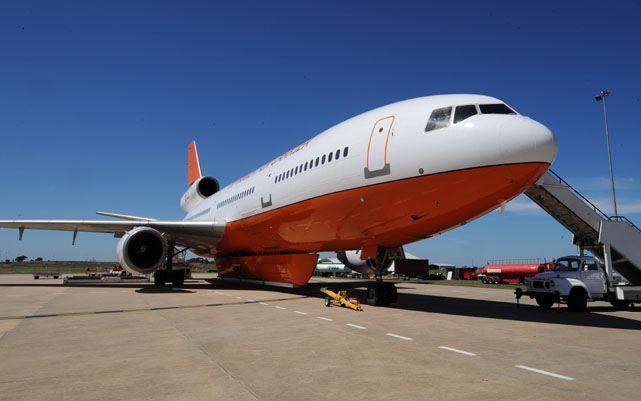




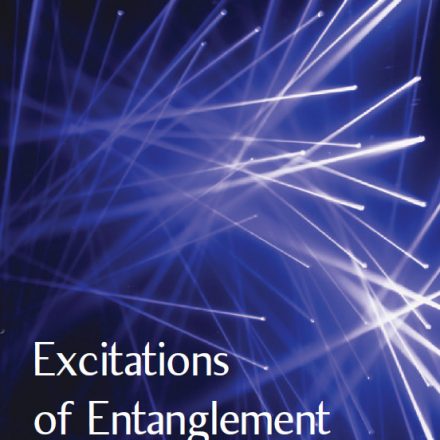


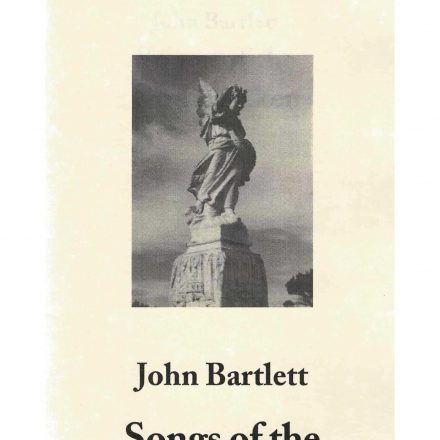


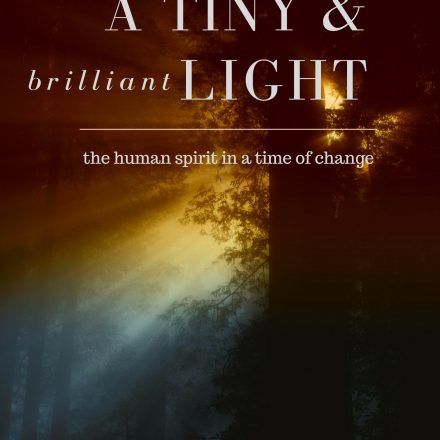
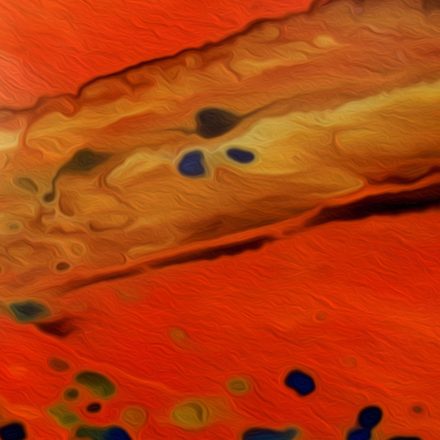


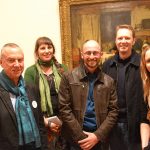







I think the history between aboriginal involvement and 1952 is badly neglected as during that time it had a rich and eventful history. The property was sub divided by the Austin family of Winchelsea who are well remembered for introducing rabbits to Australia. My family owned Avalon from 1936 until the federal government compulsorily acquired the land from William and Charles Lodge in 1953 They were left with a small holding which they later sold to the Board of Works